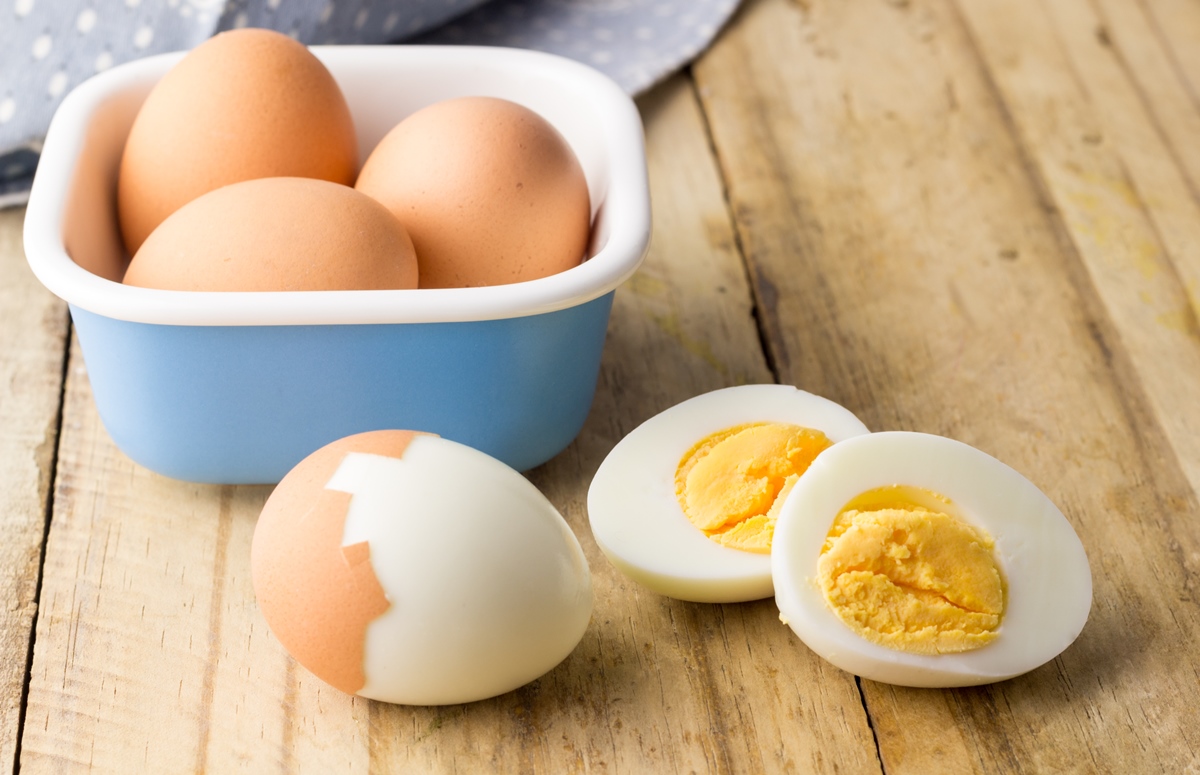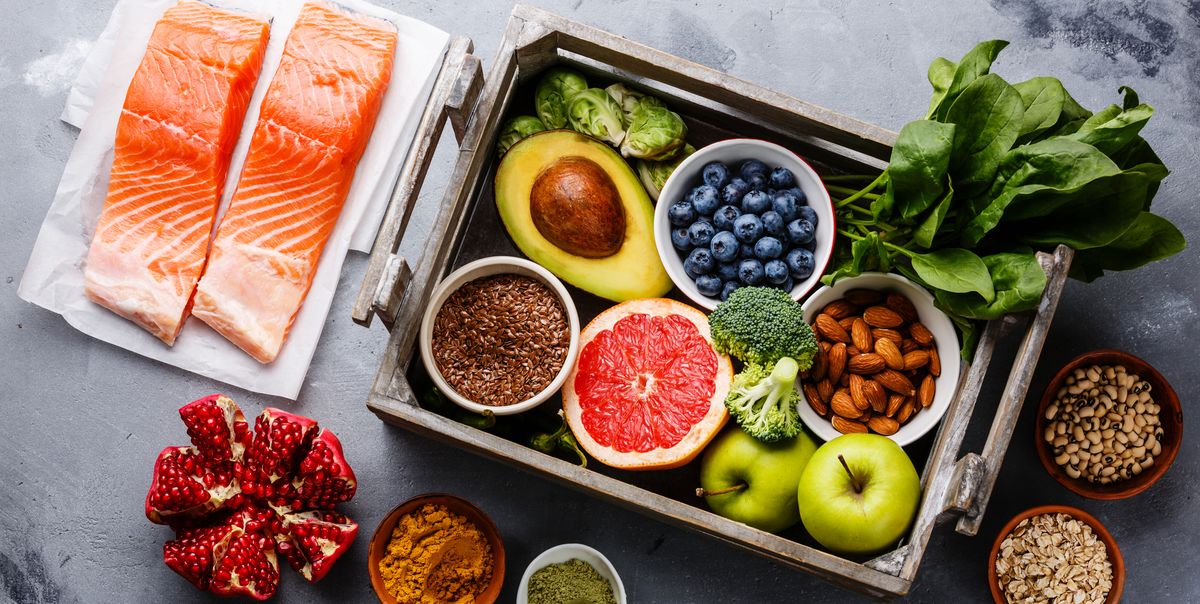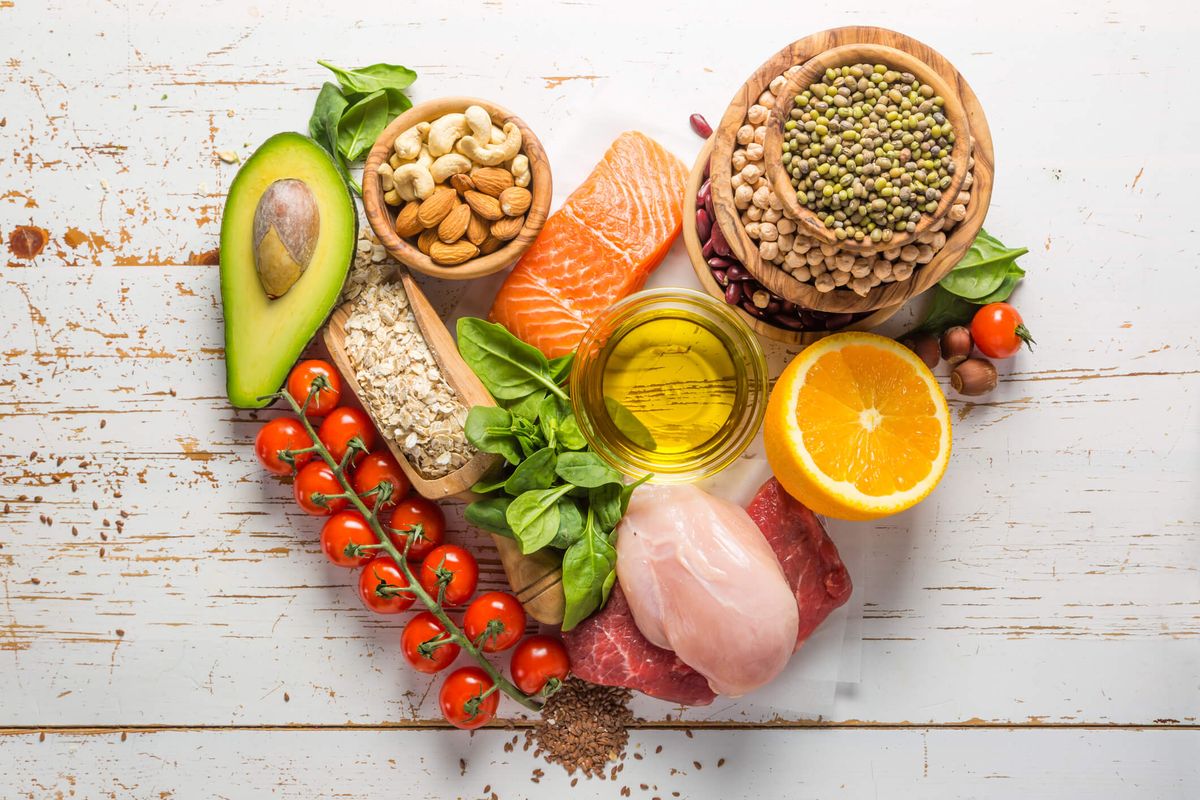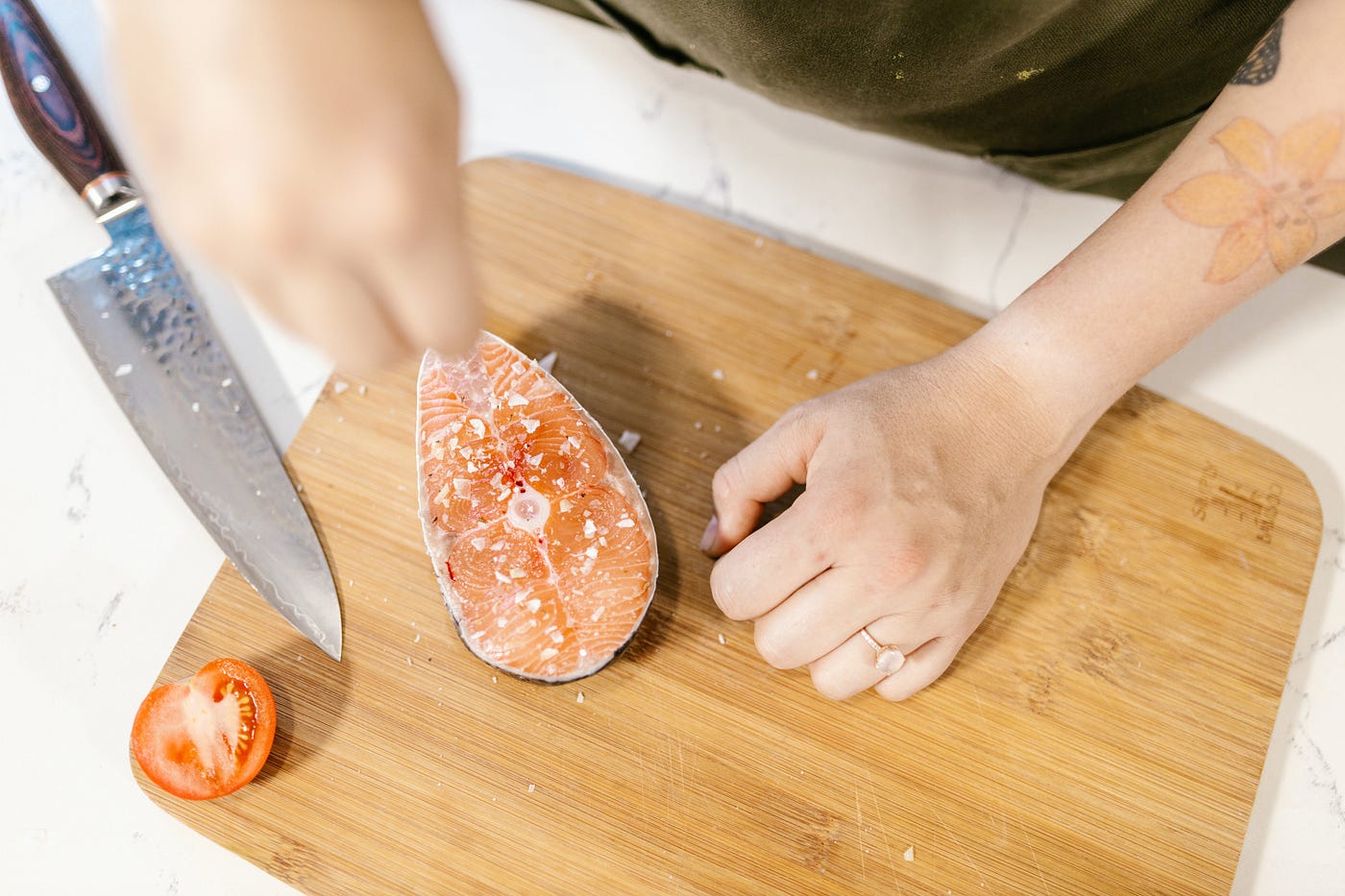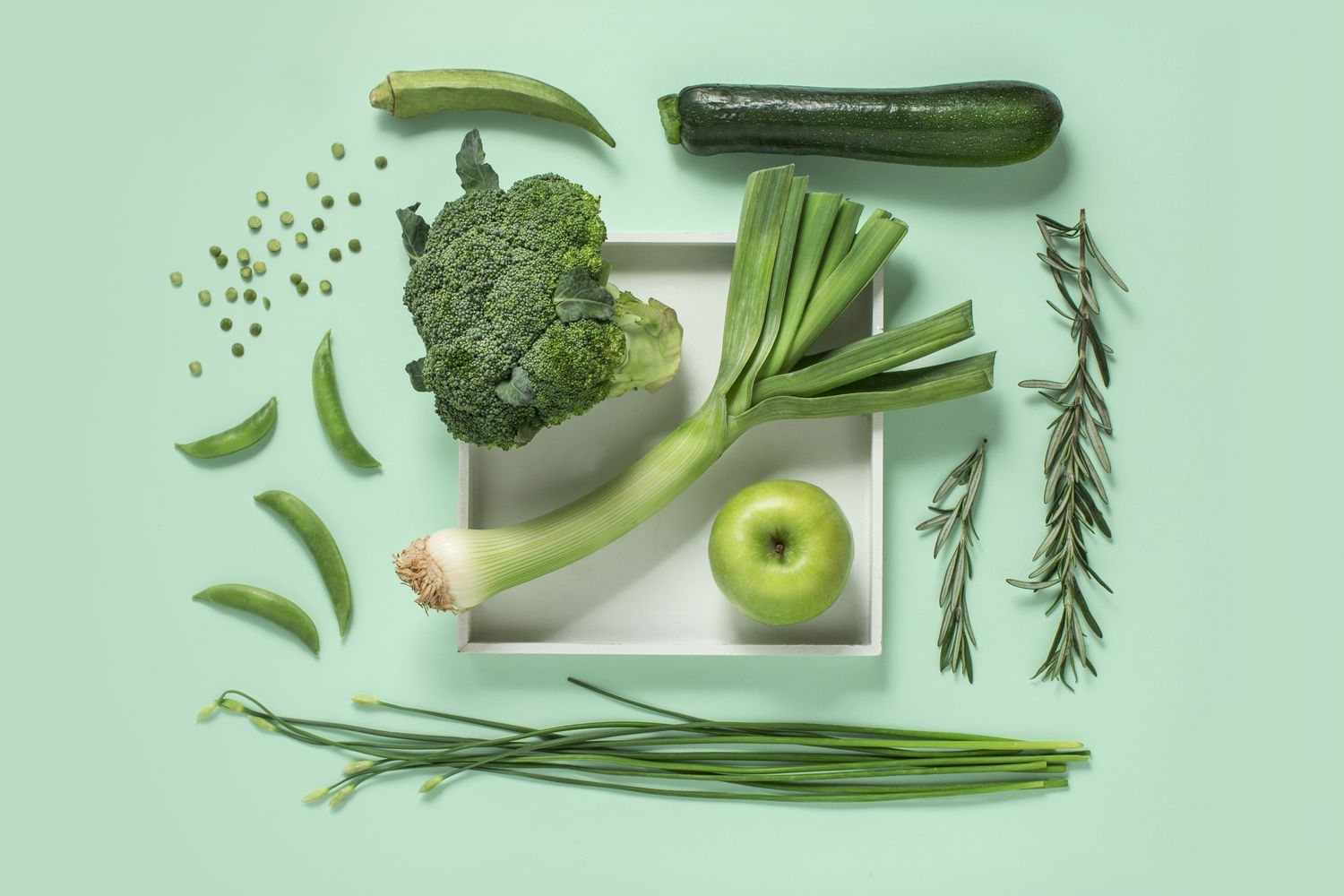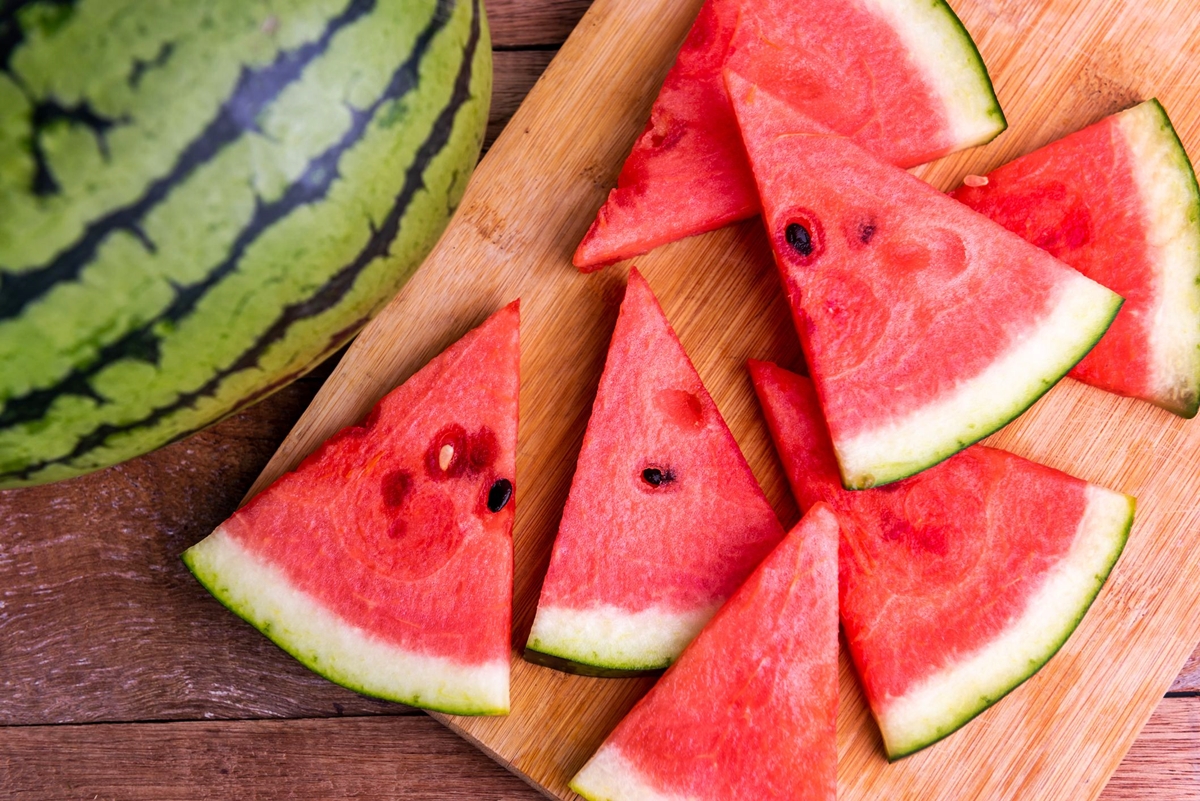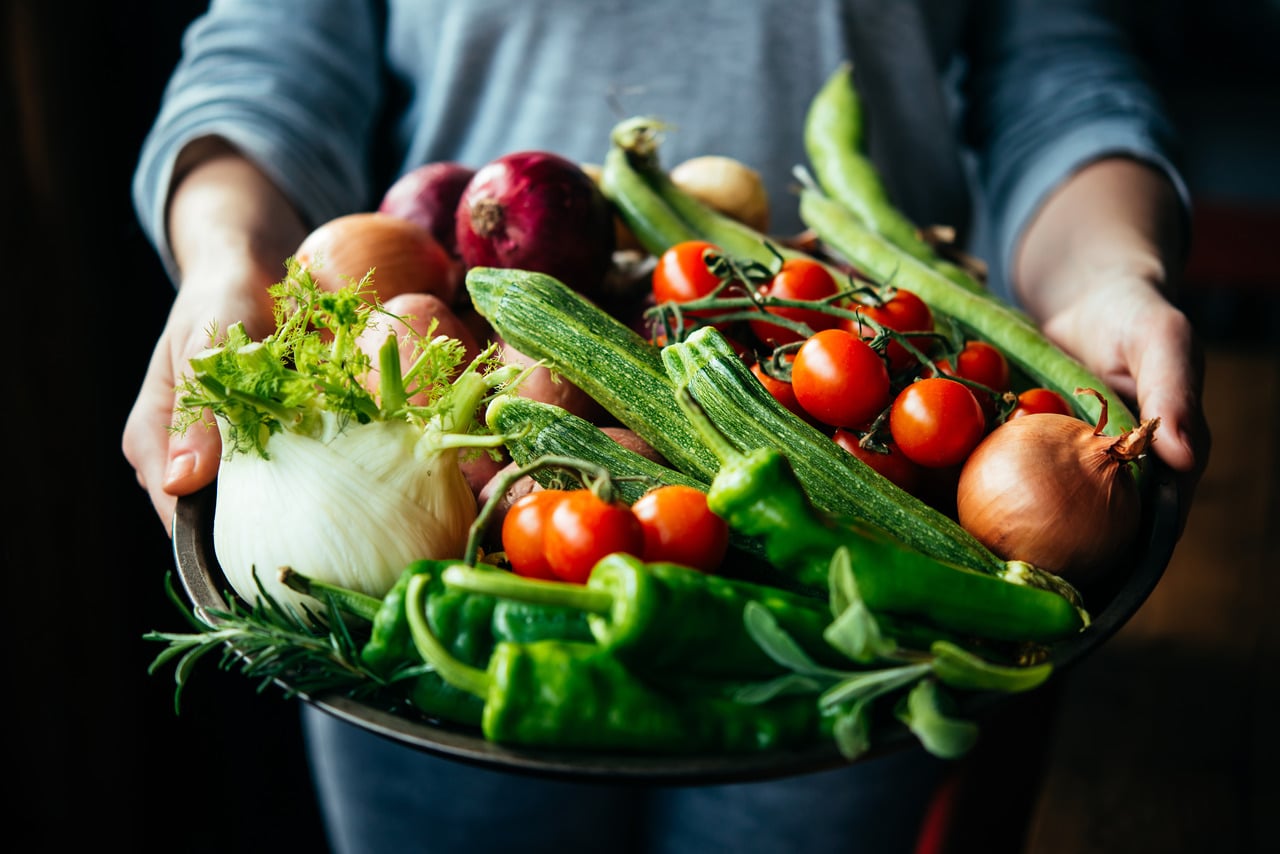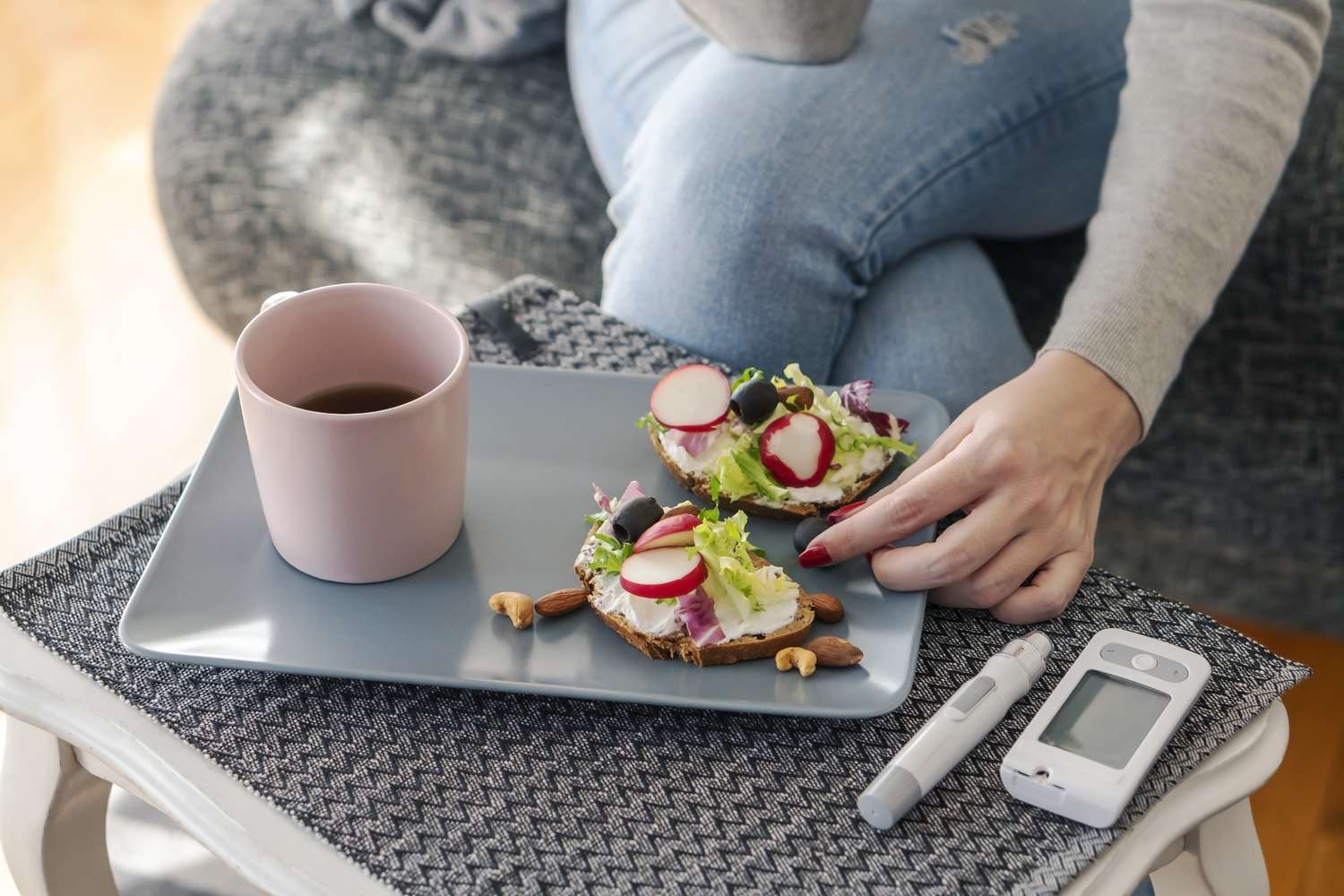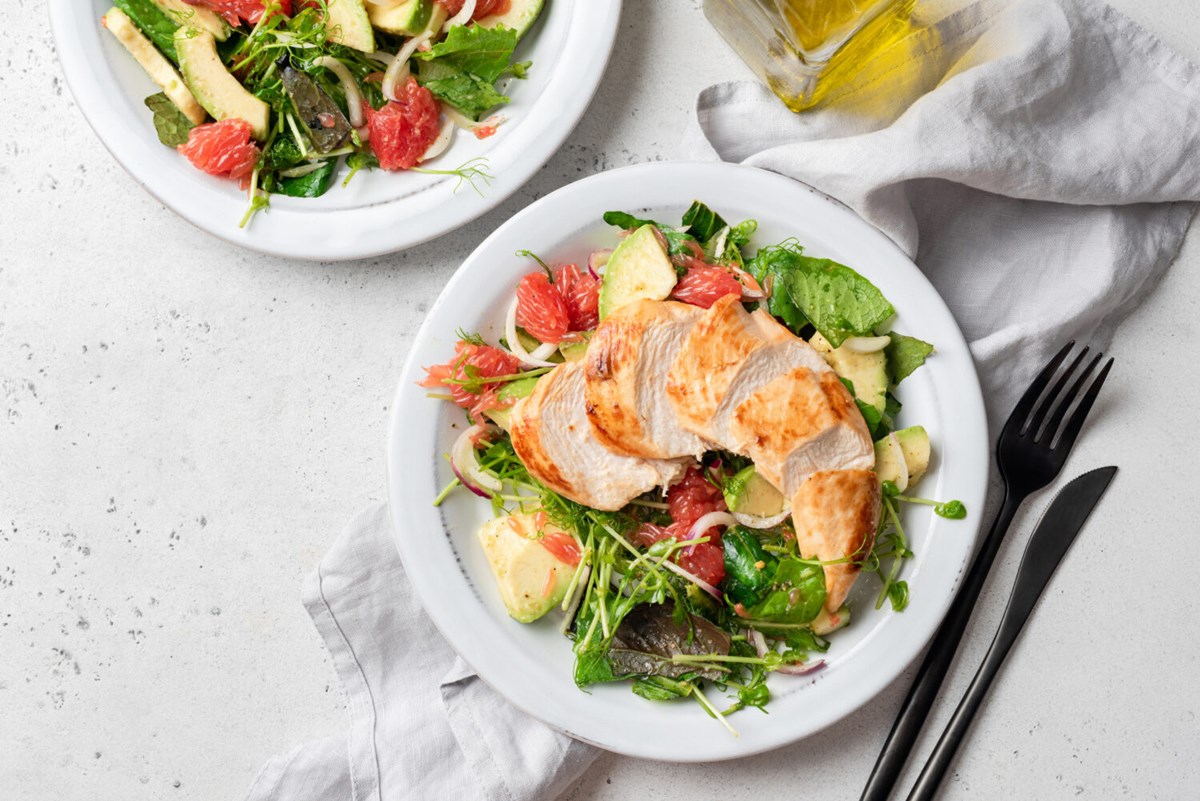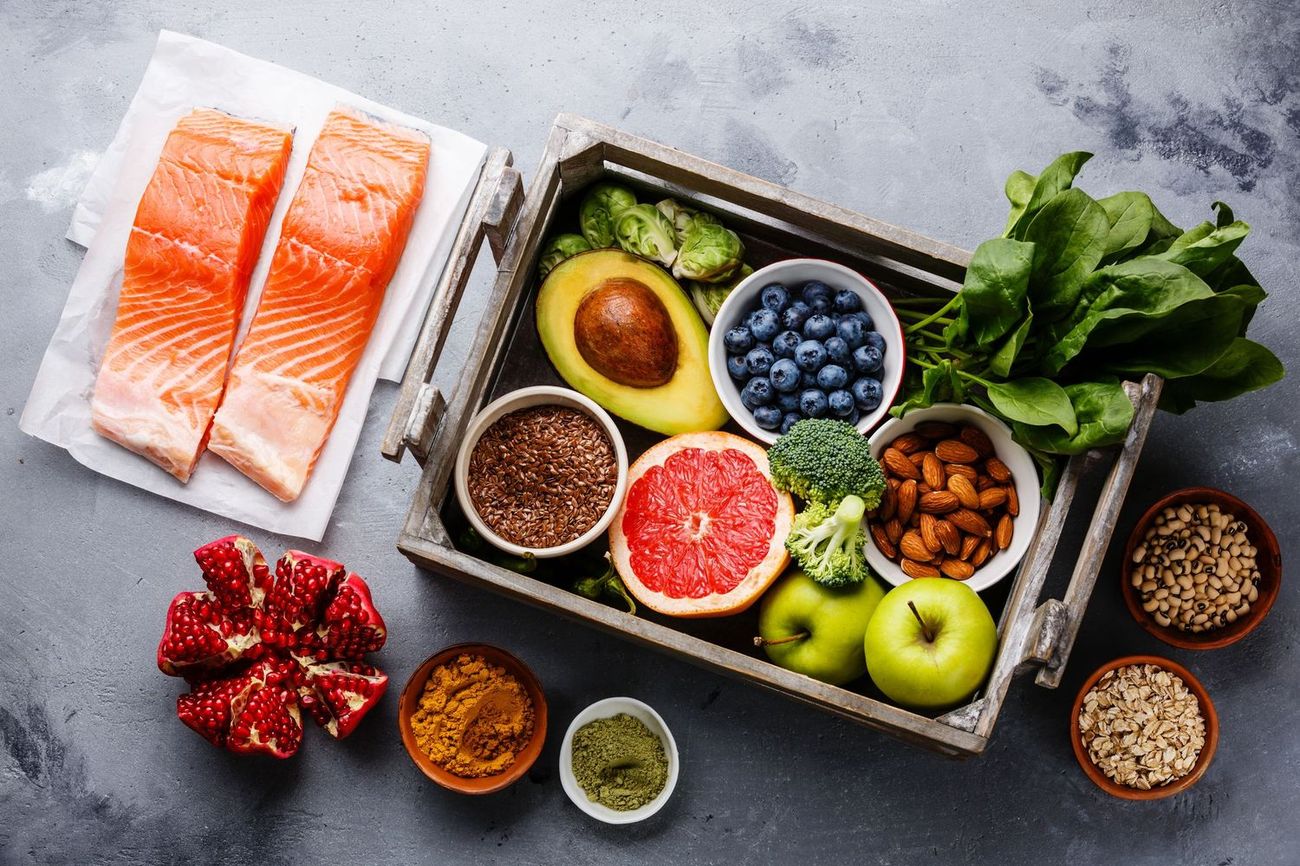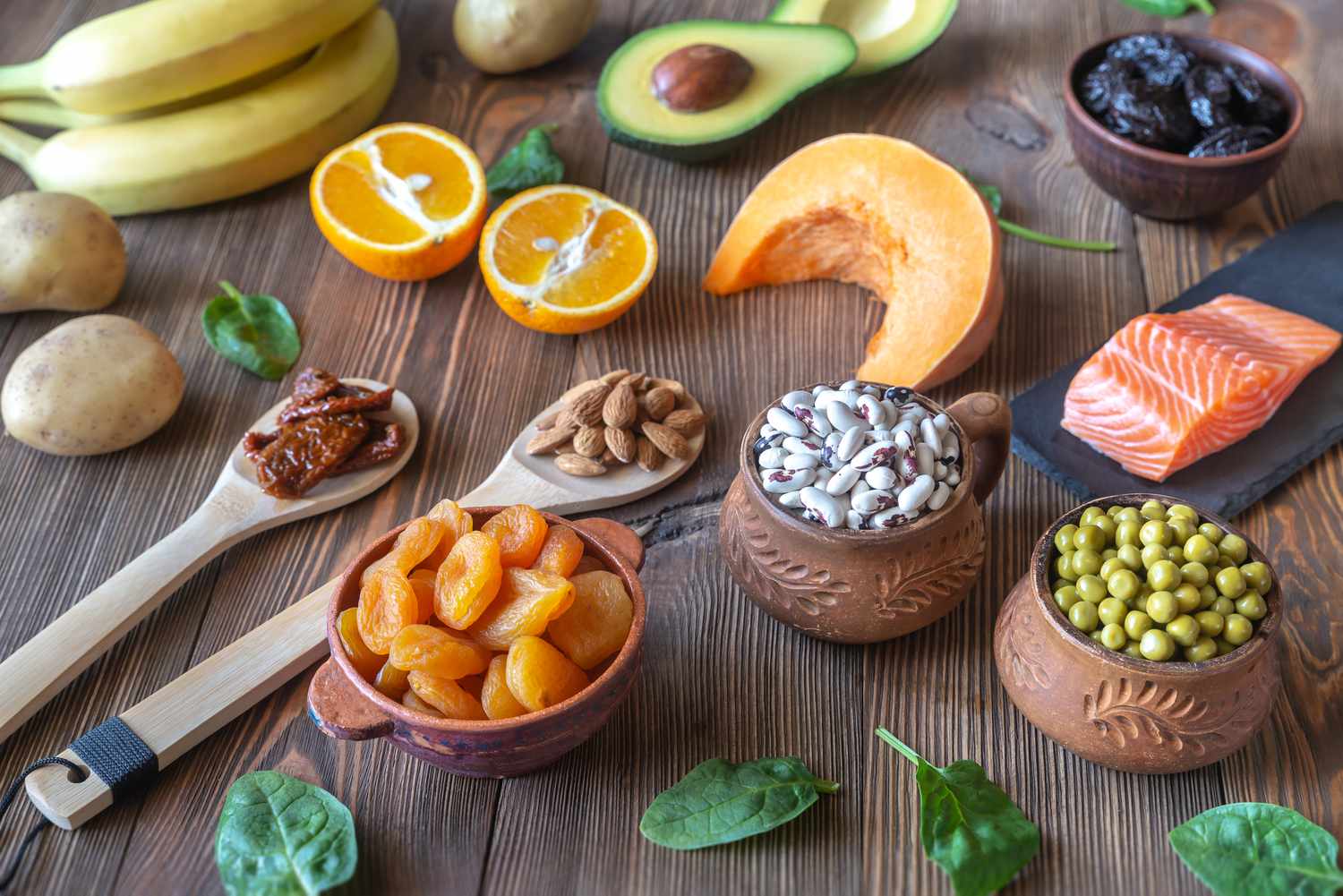How to Eat for Low Blood Pressure
Living with low blood pressure can present its own set of challenges, especially when it comes to maintaining a healthy diet. However, with the right approach to eating, it is possible to manage low blood pressure effectively. Here are some tips on how to eat for low blood pressure:
1. Increase Your Salt Intake
Contrary to popular belief, individuals with low blood pressure may benefit from slightly increasing their salt intake. Salt helps to raise blood pressure, so incorporating a moderate amount of salt into your diet can be beneficial. However, it’s important to consult with a healthcare professional to determine the appropriate amount of salt for your individual needs.
2. Consume Small, Frequent Meals
Instead of consuming large meals, opt for smaller, more frequent meals throughout the day. This can help prevent a sudden drop in blood pressure that may occur after eating a large meal. Eating smaller meals can also aid in maintaining a more consistent blood pressure level.
3. Stay Hydrated
Dehydration can exacerbate low blood pressure, so it’s essential to stay well-hydrated. Aim to drink plenty of water throughout the day to help maintain healthy blood pressure levels. Additionally, consuming hydrating foods such as cucumbers, watermelon, and lettuce can contribute to your overall fluid intake.
4. Incorporate Potassium-Rich Foods
Potassium plays a crucial role in regulating blood pressure. Including potassium-rich foods in your diet, such as bananas, sweet potatoes, and spinach, can help support healthy blood pressure levels. These foods can also help counteract the effects of sodium, which can contribute to high blood pressure.
5. Limit Alcohol Consumption
Excessive alcohol consumption can lead to a drop in blood pressure. If you have low blood pressure, it’s important to consume alcohol in moderation or avoid it altogether. Be mindful of the impact that alcohol can have on your blood pressure and make informed choices about when and how much to drink.
6. Choose Foods with a Low Glycemic Index
Foods with a low glycemic index release sugar into the bloodstream gradually, which can help prevent sudden drops in blood pressure. Opt for whole grains, legumes, and non-starchy vegetables to help maintain more stable blood pressure levels throughout the day.
7. Be Mindful of Caffeine Intake
Caffeine can temporarily raise blood pressure, so it’s important to be mindful of your caffeine intake if you have low blood pressure. While moderate amounts of caffeine may not have a significant impact, excessive consumption of caffeinated beverages should be avoided.
8. Consider Small Amounts of Dark Chocolate
Dark chocolate contains flavonoids, which have been associated with modest blood pressure-lowering effects. Consuming a small amount of dark chocolate with a high cocoa content (70% or higher) may offer potential benefits for individuals with low blood pressure. However, moderation is key, as chocolate also contains sugar and calories.
By incorporating these dietary strategies, individuals with low blood pressure can take proactive steps to support their overall health and well-being. It’s important to remember that individual responses to dietary changes may vary, so consulting with a healthcare professional or a registered dietitian is recommended to develop a personalized nutrition plan that meets your specific needs.
Managing low blood pressure through diet is just one aspect of overall health management. In addition to making dietary adjustments, it’s important to engage in regular physical activity, get adequate rest, and manage stress effectively to support optimal blood pressure levels.
Remember, maintaining a healthy lifestyle and making informed choices about your diet can have a positive impact on managing low blood pressure and promoting overall wellness.
